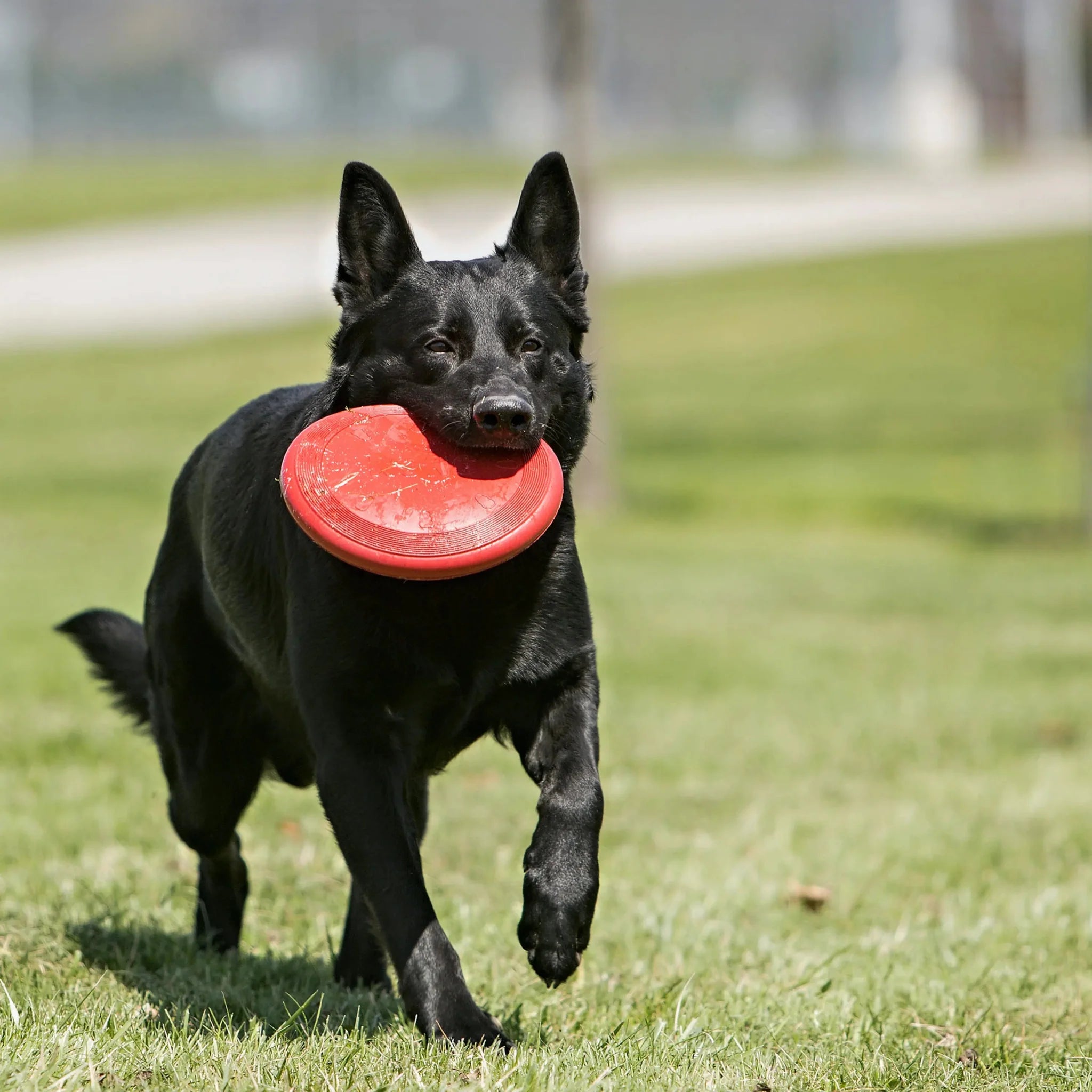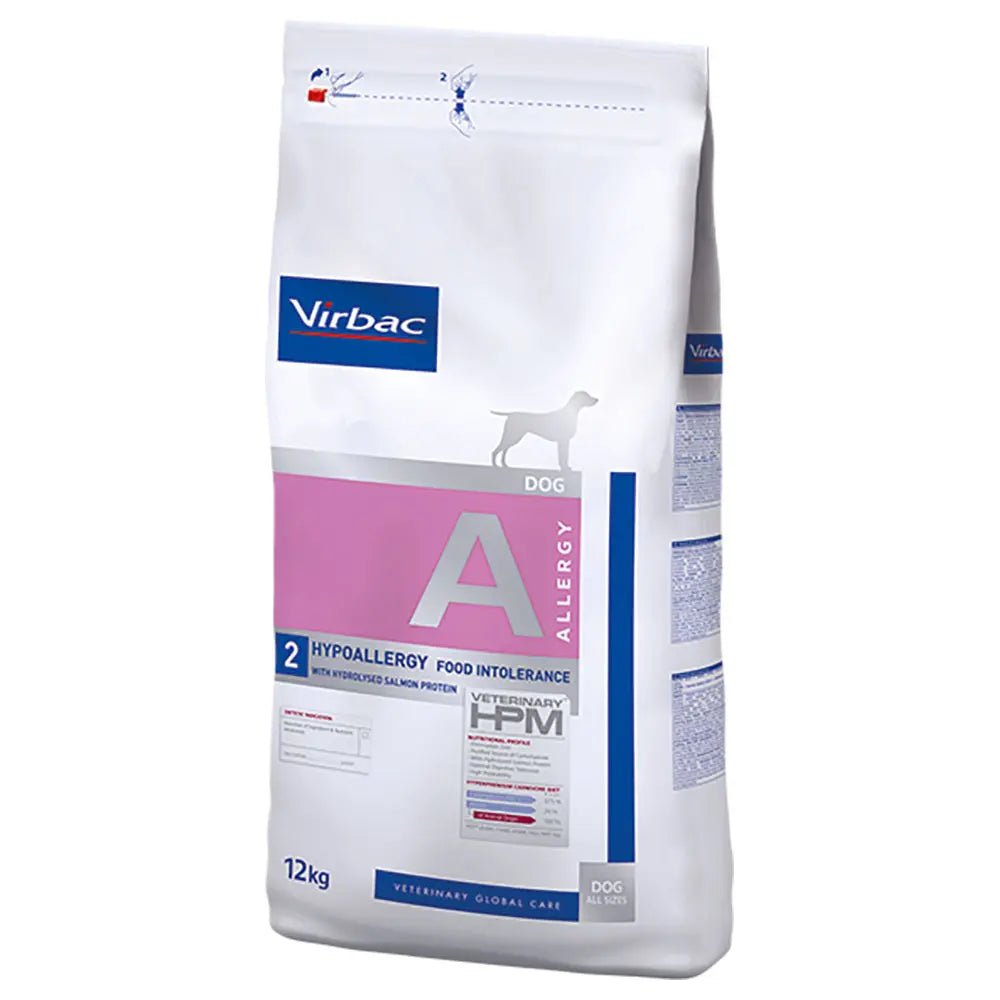Ticks on dogs are normal and for most dog owners, removing ticks is a routine matter. Your four-legged friend often goes exploring off-trails in the bush and brush, and this is where ticks live. The tick jumps on the dog and bites hard. It is therefore a good idea to check the fur after every walk and remove the tick as quickly as possible. The faster you remove it, the less chance of developing diseases. You can also prevent tick-borne diseases with tick repellent, and vaccinate your dog against Lyme disease and similar diseases.
What are ticks?
Ticks are blood-sucking mites that carry bacteria and viruses that can cause serious diseases. They suck blood from infected mammals and spread it to other animals and humans. These are infectious agents that you and your four-legged friend want to avoid.

How do dogs get ticks?
The tick jumps on and grabs onto the dog when it walks in the grass and woods. It can remain attached to the body for up to 10 days before letting go. This depends on its stage of development, whether it is a larva or an adult. Dogs are vulnerable to ticks because they are often adventurous, active in nature and curious about both animals and plants.

Where do dogs and ticks come into contact?
Ticks are found throughout the Nordic region. In Sweden and Norway, most ticks are found in the south of the country, while they have been detected in most of Denmark. There is a high probability of encountering ticks in forests and tall grass. They thrive where there is shade and moisture. For example, deciduous forests with dense vegetation are a prime environment for ticks.
Tick season
Tick season runs from March to November. They tend to appear when daytime temperatures reach 4 to 5 degrees.

Check for ticks on your dog
The tick will likely settle near the dog's head. It thrives best on the neck, on the throat, around the ears and in the armpits.
How do you remove ticks on a dog?
It is crucial to remove the tick as quickly as possible. The risk of infection increases directly in proportion to how long the tick is left on the skin. After you have removed the tick, a red mark may appear. This may itch, but there is no need to apply anything to the inflammation. If parts of the tick are still attached, there is no direct danger associated with this, but try your best to remove all remnants of the tick.

Procedure for removing ticks
- Use a tick remover or tweezers when removing ticks from your dog.
- Grasp the tick as close to the skin as possible and pull it straight off.
- Wash where the tick was, either with disinfectant or soap and water.
List of tick-borne diseases
- Anaplasmosis
- Babesiosis
Anaplasmosis is the most common tick-borne disease in dogs, and is also called sjodog. Lyme disease occurs less frequently in dogs, but the symptoms include joint pain, stiff muscles, and difficulty moving.
Signs that your dog has been infected
- Lethargy
- Decreased appetite
- Fever and poor general condition
- Reduced mobility
Treatment of ticks and other tick-borne diseases
It is rare for a dog to become seriously ill from a tick bite, but if the unfortunate event occurs, there are treatments for tick-borne diseases. You should contact your veterinarian for proper treatment of such diseases. If you want to prevent diseases and protect your dog from future tick bites, you can use prescription and over-the-counter tick repellents.
Tick repellent
Several products have scientifically documented effectiveness against ticks, either as a repellent or an eliminating effect. If they are repellent, the tick will not attach to the skin, while others kill the tick directly after contact. Examples of these are spot-on products, chewable tablets and collars. It is important to check the duration and instructions for use when purchasing such products.
List of tick preventatives
- Chewable tablets: Fast-acting, lasts 8 to 12 weeks and is available by prescription.
- Spot-on drops: 2 to 3 days of action, effective for 4 weeks and available both as a prescription and over-the-counter.
- Collar: Effective after one week, effective for 5 to 8 months and must be obtained by prescription.
Do you suspect illness after a tick bite? Get expert advice from A-Vet's veterinarian
How to prevent your dog from getting ticks again
Check the fur regularly for tick bites
It is a good idea to go through the fur after every trip during tick season and if you are moving in an area with a lot of ticks. Comb the fur carefully with a brush. Hopefully the tick has not bitten. It takes some time for it to decide where to attach itself. Regular brushing can therefore be a good preventive measure.
See our selection of brushes and other fur care products
Removing undergrowth and large bushes
If there is a lot of undergrowth and tall grass around your house, it may be beneficial to cut it down. This will significantly reduce the tick population and is beneficial if you want to reduce the chance of your dog getting ticks.
Tick vaccine
You can vaccinate your dog against Lyme disease at a veterinarian. The Lyme disease vaccine protects against tick-borne diseases, and should be given in the winter months to ensure your dog is protected before the tick season (when the temperature is +5℃). Even with the vaccine, the tick will attach to the skin, but it will not cause any health damage. However, it is important to continue checking your dog for ticks.
Book an appointment for the Lyme disease vaccine at A-Vets clinic in Larvik
Contact your veterinarian if your dog becomes very ill.
If your dog is sick and you suspect that there is a connection between the symptoms and a possible tick bite, you can contact a veterinarian. This is especially true if your dog has a fever or a decreased general condition. In case of side effects after using tick repellent or other preparations, you should also contact a veterinarian.
Frequently asked questions about ticks on dogs
Is it dangerous for dogs to get ticks?
In principle, it is not dangerous for dogs to get ticks. It is very normal. That said, there is a risk that it will develop into more serious tick-borne diseases. Therefore, it is important to check your dog regularly and remove any ticks promptly.
When should a dog receive tick repellent?
Give your dog tick repellent during tick season, which is March to November, as a preventative measure against tick bites.
How long do ticks stay on dogs?
A tick can stay on a dog for up to 10 days. The stage of development of the tick and where it has attached itself to the dog determines how long it stays on the dog.















